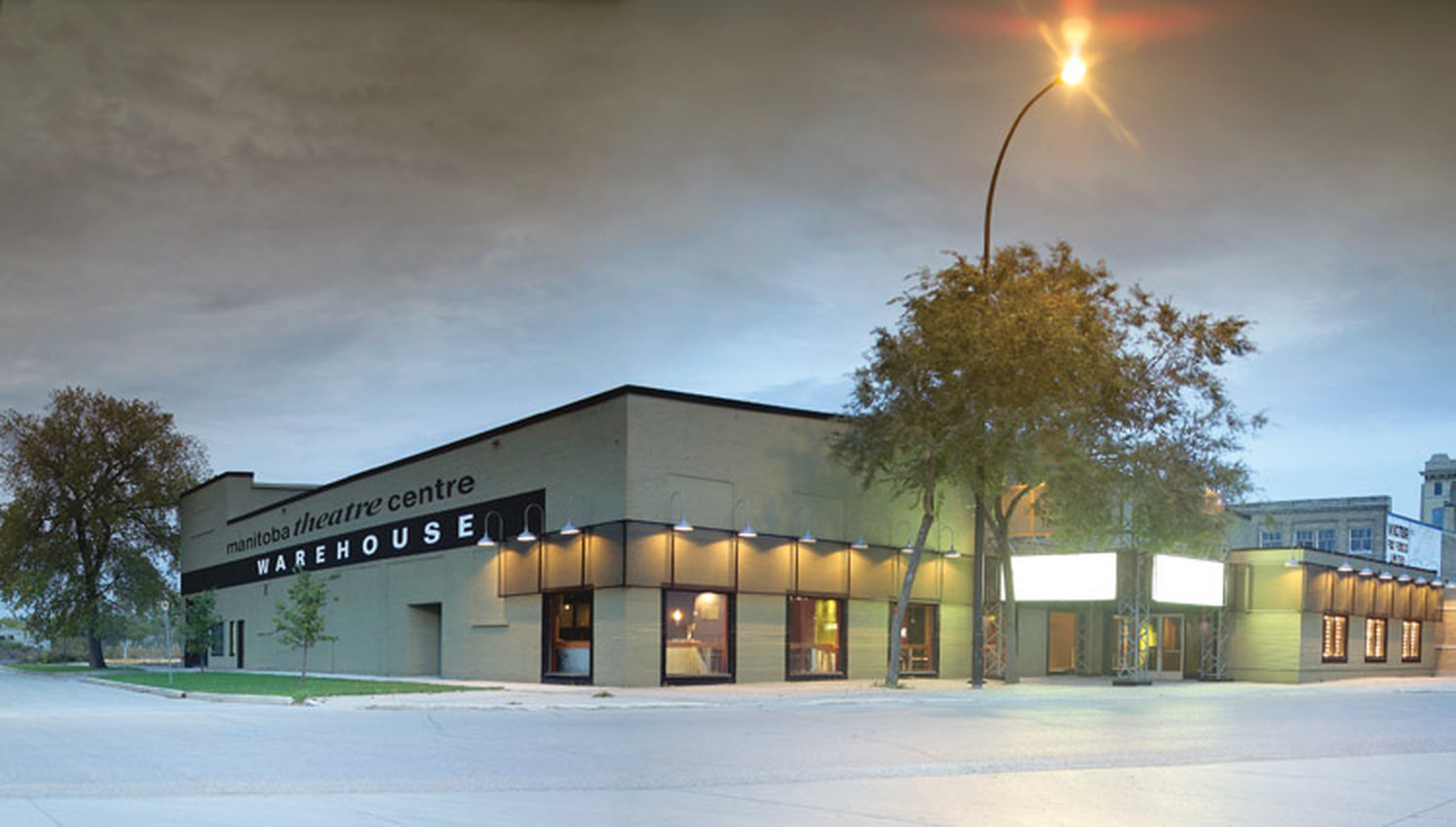There is predictable opposition to the erection of a new seven-storey, 78-unit condo tower on Roslyn Rd. As usual with almost any development proposal, the opposition comes mostly from local residents offended at the idea of any change, with a smattering of know-it-alls who assume that their personal opinions constitute sound urban planning policy.
Some people are outraged that city has approved a variance allowing a lower-than-mandated number of parking spaces (70 instead of 94), with no extra visitor parking. They seem curiously oblivious to the fact that the people who want to move into Winnipeg’s most densely populated neighbourhood, a stone’s throw from downtown, may not need parking stalls. Not everyone lives in a suburb, and a major damper on the quality of life of those who do not is the provision of parking, parking, parking everywhere for those who do.
Reducing the number of parking stalls is an efficient use of land, a benefit to the walkability of the neighbourhood and the local streetscape, and a step towards making the neighbourhood more people-friendly. To be blunt, the kind of people who cannot conceive of anything less than 1.5 parking stalls per resident are not the kind of people we should be taking advice on city planning from. We’ll never become less reliant on cars if we keep building for car-reliance even in the most built-up parts of our cities.
Others take umbrage at the number of units proposed for the site. The Winnipeg Free Press quotes local resident Joan Hodgson as saying, “The residents in the area are opposed because the size of the project is too big for the land that is available.”
The beauty of a tower, of course, is that the footprint of the land it is built on has no bearing to the number of units it can support. The majority of the residents in the area already live in towers, including the four tallest residential structures in the city. Hodgson herself lives in a seven-storey structure, though with fewer units than the proposed building. It is difficult to imagine anything other than NIMBYism animating her opposition to others living in slightly more than the same density at essentially the same location.
This project might well be out of place on a quiet residential street in the suburbs, but Osborne Village has little in common with the suburbs – which is precisely why people want to live there. Arguments based on damaging the character of the neighbourhood extend this strange point of view to absurdity; the neighbourhood is dense and urbane, the finest example of city living between Toronto and Vancouver.
The development will involve the demolition of Dennistoun House, which is a fine old building – and nothing more. Local residents will lose one nice house to rest their eyes on, and the city will become, by a small measure, more of a city. Dennistoun House is not unique or important architecturally. It would have been a net loss to see it replaced by another building of similar density. It is a net gain to see it replaced by another building of higher density.
There are some people – far too many – who do not understand that there is a difference between city living and suburb living. You cannot export the joys and varieties of city living to the suburbs, and you should not saddle the densest and most beloved neighbourhood in Winnipeg with the flaccid lifestyle and architecture that form the gold standard of suburbs. The people who live in Osborne Village and object to any change that makes it more like a dense, vibrant city core are, despite their postal code, suburbanites – suburbanites who couldn’t stand to live in the suburbs, which are the communities that result when people like them get their way.





